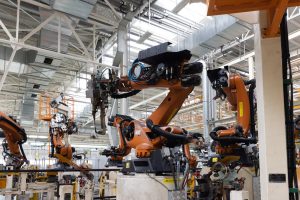The art and science of building intelligent machines involve a combination of creativity, technical expertise, and a deep understanding of both hardware and software systems. On the artistic side, designing intelligent machines requires innovative thinking to create systems that can mimic human cognition and behavior. This includes developing intuitive user interfaces, crafting algorithms that can adapt and learn over time, and envisioning applications that can solve complex problems in novel ways. The creative process also extends to envisioning how these intelligent systems can seamlessly integrate into our daily lives, enhancing productivity, entertainment, healthcare, and countless other domains.

From a scientific perspective, building intelligent machines is grounded in rigorous methodologies and a solid foundation in fields such as computer science, mathematics, and engineering. It involves the meticulous design and implementation of algorithms that enable machines to process information, learn from data, and make decisions. Key technologies in this endeavor include machine learning, neural networks, and advanced robotics. Researchers and engineers employ statistical methods, computational models, and extensive experimentation to refine these technologies and push the boundaries of what machines can achieve. This scientific rigor ensures that intelligent machines are reliable, efficient, and capable of performing tasks with a high degree of accuracy and autonomy. Together, the art and science of building intelligent machines drive the continuous evolution of AI, leading to groundbreaking advancements that hold the promise of transforming our world in profound and positive ways.





Leave A Comment